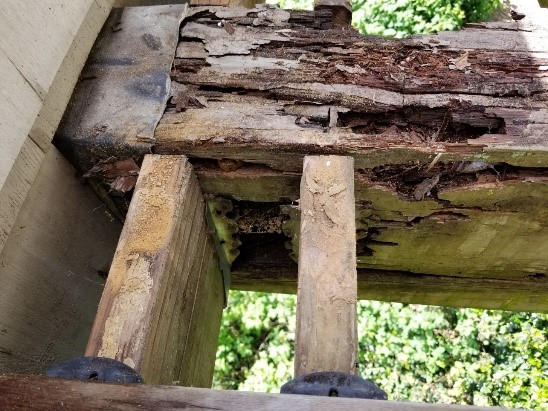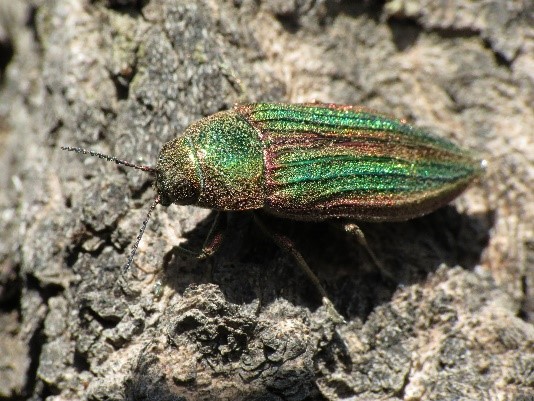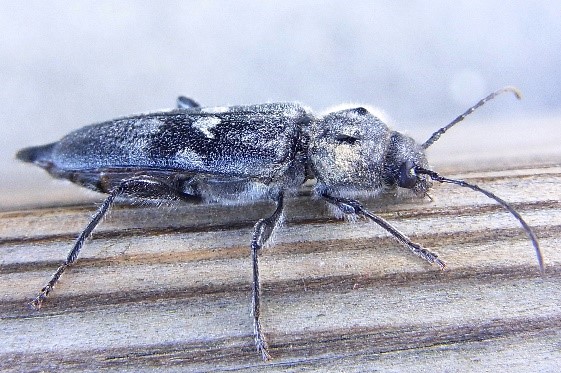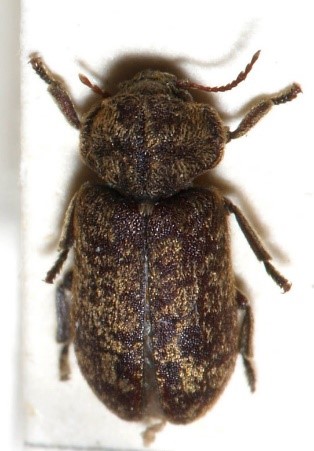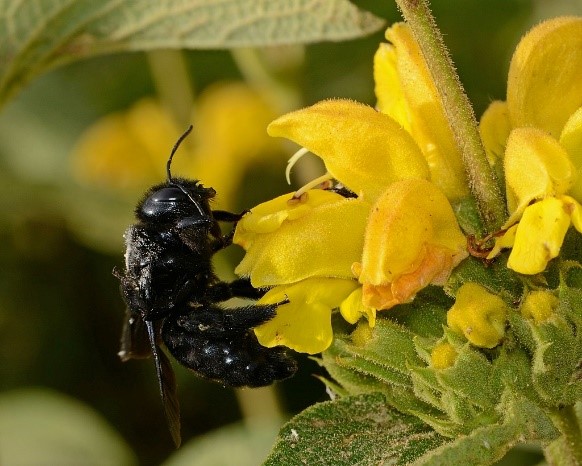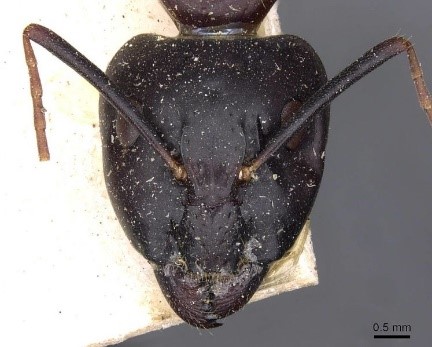Wood-Destroying Organisms
Introduction Wood-destroying organisms, other than termites (subterranean and non-subterranean) and rodents (explained in separate sections) cause great damage to wooden products and fixtures in homes, in addition to the inconvenience and anxiety caused by some of them to humans. The infestation of wood pests extends to all the wood of the house, starting with the wood used in the foundations…



